�
ZigBee Wireless Networks and
Transceivers
ZigBee Wireless Networks and
Transceivers
Shahin Farahani
AMSTERDAM • BOSTON • HEIDELBERG • LONDON
NEW YORK • OXFORD • PARIS • SAN DIEGO
SAN FRANCISCO • SINGAPORE • SYDNEY • TOKYO
Newnes is an imprint of Elsevier
�
Newnes is an imprint of Elsevier
30 Corporate Drive, Suite 400, Burlington, MA 01803, USA
Linacre House, Jordan Hill, Oxford OX2 8DP, UK
Copyright © 2008, Elsevier Ltd. All rights reserved.
Exception: Certain materials contained herein are reprinted with the permission of
Microchip Technology Incorporated. No further reprints or reproductions may be
made of said materials without Microchip Technology Inc.’s prior written consent.
No part of this publication may be reproduced, stored in a retrieval system, or transmitted
in any form or by any means, electronic, mechanical, photocopying, recording, or otherwise,
without the prior written permission of the publisher.
Permissions may be sought directly from Elsevier’s Science & Technology Rights
Department in Oxford, UK: phone: ( 1 44) 1865 843830, fax: ( 1 44) 1865 853333,
E-mail: permissions@elsevier.com . You may also complete your request
online via the Elsevier homepage ( http://www.elsevier.com ), by selecting
“ Support & Contact ” then “ Copyright and Permission ” and then “ Obtaining Permissions. ”
Recognizing the importance of preserving what has been written, Elsevier prints its
books on acid-free paper whenever possible.
Library of Congress Cataloging-in-Publication Data
Application submitted.
British Library Cataloguing-in-Publication Data
A catalogue record for this book is available from the British Library.
ISBN: 978-0-7506-8393-7
For information on all Newnes publications
visit our Web site at: www.books.elsevier.com
08 09 10 11 12 13 10 9 8 7 6 5 4 3 2 1
Printed in the United States of America.
�
Contents
Foreword ..................................................................................................... xv
Preface .......................................................................................................xvii
Abbreviations ......................................................................................................... xxi
Chapter 1 ZigBee Basics .............................................................................. 1
1.1 What Is ZigBee? .........................................................................................................1
1.2 ZigBee versus Bluetooth and IEEE 802.11 ................................................................2
1.3 Short-Range Wireless Networking Classes ................................................................3
1.4 The Relationship Between ZigBee and IEEE 802.15.4 Standards .............................4
1.5 Frequencies of Operation and Data Rates ...................................................................6
1.6
Interoperability ............................................................................................................8
1.7 Device Types ...............................................................................................................9
1.8 Device Roles ...............................................................................................................9
1.9 ZigBee Networking Topologies ................................................................................10
1.10 ZigBee and IEEE 802.15.4 Communication Basics .................................................12
1.10.1 CSMA-CA ..................................................................................................12
1.10.2 Beacon-Enabled vs. Nonbeacon Networking .............................................13
1.10.3 Data Transfer Methods ...............................................................................13
1.10.4 Data Verification .........................................................................................15
1.10.5 Addressing ..................................................................................................15
1.11 Association and Disassociation .................................................................................16
1.12 Binding ......................................................................................................................16
1.13 ZigBee Self-Forming and Self-Healing Characteristics ...........................................16
1.14 ZigBee and IEEE 802.15.4 Networking Layer Functions ........................................17
1.14.1 PHY Layer ..................................................................................................17
1.14.2 MAC Layer .................................................................................................19
1.14.3 The NWK Layer .........................................................................................21
1.14.4 The APL Layer ...........................................................................................22
1.14.5 Security .......................................................................................................22
�
viii
Contents
1.15 The ZigBee Gateway ................................................................................................23
1.16 ZigBee Metaphor ......................................................................................................23
References ..........................................................................................................................23
Chapter 2 ZigBee/IEEE 802.15.4 Networking Examples ............................... 25
2.1 Home Automation .....................................................................................................25
2.1.1 Security Systems ...........................................................................................25
2.1.2 Meter-Reading Systems ................................................................................26
2.1.3
Irrigation Systems .........................................................................................27
2.1.4 Light Control Systems ..................................................................................27
2.1.5 Multizone HVAC Systems ............................................................................28
2.2 Consumer Electronics: Remote Control ...................................................................29
Industrial Automation ...............................................................................................29
2.3
2.3.1 Asset Management and Personnel Tracking .................................................29
2.3.2 Livestock Tracking........................................................................................30
2.4 Healthcare .................................................................................................................31
2.5 Other Applications ....................................................................................................32
2.5.1 Hotel Guest Room Access ............................................................................32
2.5.2 Fire Extinguishers .........................................................................................32
References ..........................................................................................................................32
Chapter 3 ZigBee and IEEE 802.15.4 Protocol Layers .................................. 33
3.1 ZigBee and IEEE 802.15.4 Networking Layers .......................................................33
3.2 The IEEE 802.15.4 PHY Specifications ...................................................................34
3.2.1 Channel Assignments ...................................................................................34
3.2.2 Energy Detection ..........................................................................................36
3.2.3 Carrier Sense .................................................................................................36
3.2.4 Link Quality Indicator ..................................................................................37
3.2.5 Clear Channel Assessment ............................................................................37
3.2.6 The PHY Constants and Attributes ...............................................................38
3.2.7 PHY Services ................................................................................................39
3.2.8 The Service Primitives ..................................................................................42
3.2.9 PHY Packet Format ......................................................................................44
3.2.10 Summary of the PHY Layer Responsibilities ...............................................46
IEEE 802.15.4 MAC Layer .......................................................................................47
3.3.1 Beacon-Enabled Operation and Superframe Structure .................................48
3.3.2 The Interframe Spacing ................................................................................51
3.3.3 CSMA-CA ....................................................................................................52
3.3.4 MAC Services ...............................................................................................56
3.3.5 The MAC Frame Format ...............................................................................68
3.3.6 The MAC Promiscuous Mode of Operation .................................................78
3.3.7 Summary of the MAC Layer Responsibilities ..............................................79
3.3
�
Contents
ix
3.4 The ZigBee NWK Layer ...........................................................................................80
3.4.1 Broadcasting .................................................................................................81
3.4.2 Multicasting ..................................................................................................83
3.4.3 Many-to-One Communication ......................................................................85
3.4.4 Hierarchical (Tree) Topology ........................................................................86
3.4.5 Mesh Topology .............................................................................................90
3.4.6 Routing ..........................................................................................................90
3.4.7 Route Discovery ............................................................................................94
3.4.8 Route Maintenance and Repair .....................................................................97
3.4.9 The NWK Layer Data Service ......................................................................98
3.4.10 The NWK Layer Management Service ........................................................99
3.4.11 The NWK Layer Frame Formats ................................................................102
3.4.12 Summary of the NWK Layer Responsibilities ...........................................109
3.5 The APL Layer .......................................................................................................110
3.5.1 The Application Framework .......................................................................111
3.5.2 The ZigBee Device Objects ........................................................................117
3.5.3 The APS Sublayer .......................................................................................119
3.5.4 Summary of the APL Layer Responsibilities .............................................122
3.6 Security Services .....................................................................................................122
3.6.1 Encryption ...................................................................................................123
3.6.2 Authentication .............................................................................................126
3.6.3 The Auxiliary Frame Header Format ..........................................................129
3.6.4 The APS Sublayer Security Commands .....................................................130
3.6.5 Security Attack Examples ...........................................................................133
3.6.6 Summary of the Security Services ..............................................................134
References ........................................................................................................................135
Chapter 4 Transceiver Requirements ......................................................... 137
4.1 Typical IEEE 802.15.4 Transceiver Building Blocks .............................................137
4.2 Receiver Sensitivity ................................................................................................139
4.3
Adjacent and Alternate Channel-Jamming Resistance Tests ..................................140
The Modulation and Spreading Methods for 2.4 GHz Operation ...........................142
4.4
4.5
Modulation and Spreading Methods for 868/915 MHz Operation .........................150
4.6 Transmitter Output Power .......................................................................................155
4.6.1 Power Spectral Density Limits ...................................................................156
4.6.2 Transmit Power Adjustment .......................................................................156
4.7 Error Vector Magnitude ..........................................................................................157
4.8 Symbol Timing .......................................................................................................158
4.9 Frequency Offset Tolerance ....................................................................................158
4.10 Turnaround Time.....................................................................................................158
4.11 Crystal Selection Considerations ............................................................................159
4.11.1 Safety Factor .............................................................................................161
4.11.2 Drive Level ................................................................................................162
www.newnespress.com
�
x
Contents
4.11.3 Series versus Parallel Resonant Crystals ..................................................163
4.11.4 Crystal Frequency Tolerance ....................................................................163
4.11.5 Crystal Aging ............................................................................................163
4.11.6 Crystal Pullability .....................................................................................163
4.11.7 Crystal Overtones......................................................................................164
4.12 Analog-to-Digital Converters ..................................................................................165
References ........................................................................................................................169
Chapter 5 RF Propagation, Antennas, and Regulatory Requirements ............ 171
5.1 Path Loss .................................................................................................................171
5.2 Signal Wavelength ..................................................................................................174
5.3 Signal Penetration ...................................................................................................174
5.4 Reflection, Scattering, and Diffraction ...................................................................176
5.5 Multipath Environment ...........................................................................................177
5.5.1 Multipath-Induced Additional Random Phase ...........................................179
5.5.2 Multipath Null .............................................................................................179
5.5.3 Fading Channel and Fade Margin ...............................................................180
5.5.4 Effect of Frequency Channel on Multipath Performance ...........................180
5.5.5 Effect of Signal Spreading on Multipath Performance ...............................180
5.5.6 Mesh Networking to Improve Multipath Performance ...............................181
5.6 Doppler Frequency Shift .........................................................................................181
5.7 Site Survey ..............................................................................................................183
5.8 Range Estimation ....................................................................................................184
5.8.1 Range Improvement Techniques .................................................................184
5.9 Antenna Selection Considerations ..........................................................................187
5.9.1 Antenna Gain ..............................................................................................188
5.9.2 Antenna Radiation Pattern Graphs..............................................................189
5.9.3 Antenna Radiation Efficiency .....................................................................190
5.9.4 Antenna Impedance ....................................................................................190
5.9.5 Power Transfer Efficiency ..........................................................................191
5.9.6 Antenna Tuning...........................................................................................193
5.9.7 Antenna Polarization ...................................................................................193
5.9.8 Antenna Options .........................................................................................194
5.10 Regulatory Requirements ........................................................................................200
5.10.1 Brief Overview of FCC Regulations .........................................................201
5.10.2 FCC Certification of Compliance .............................................................202
5.10.3 Brief Overview of European Regulations .................................................203
5.10.4 CE Conformity Marking ...........................................................................203
5.10.5 Brief Overview of Japanese Regulations ..................................................204
5.10.6 Japan’s Conformity Certification System .................................................205
References ........................................................................................................................205
www.newnespress.com
�
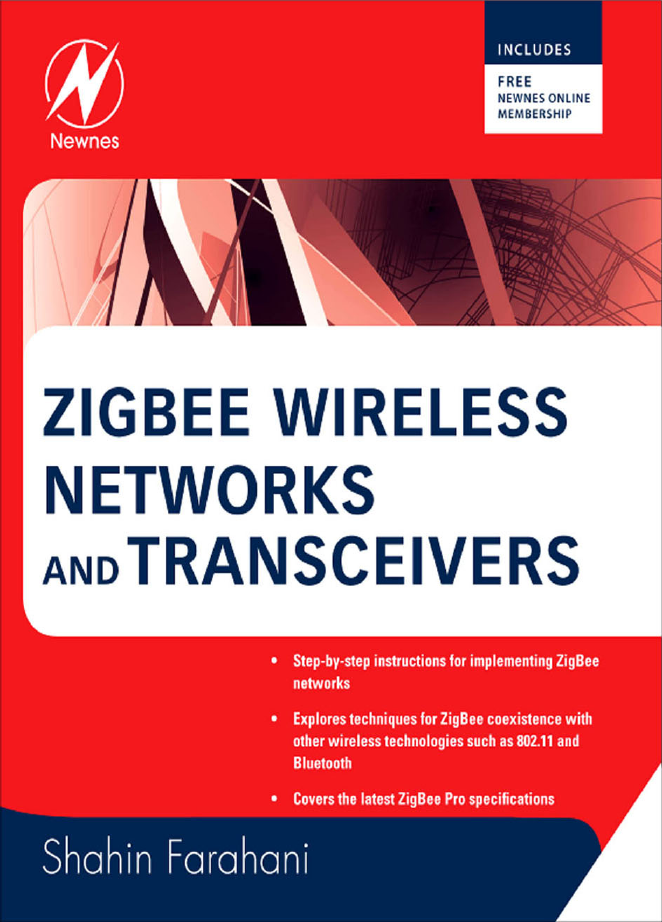

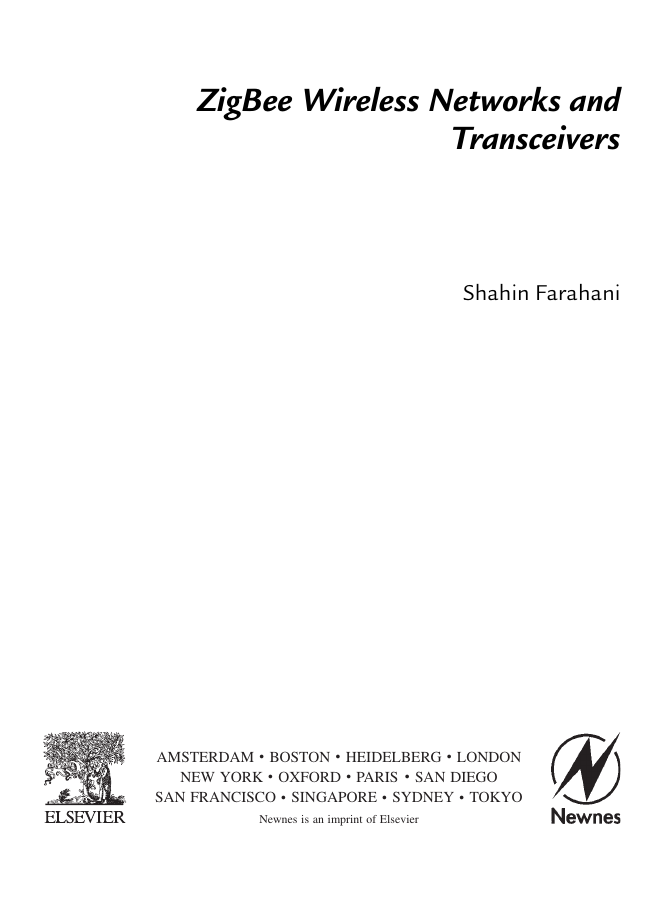
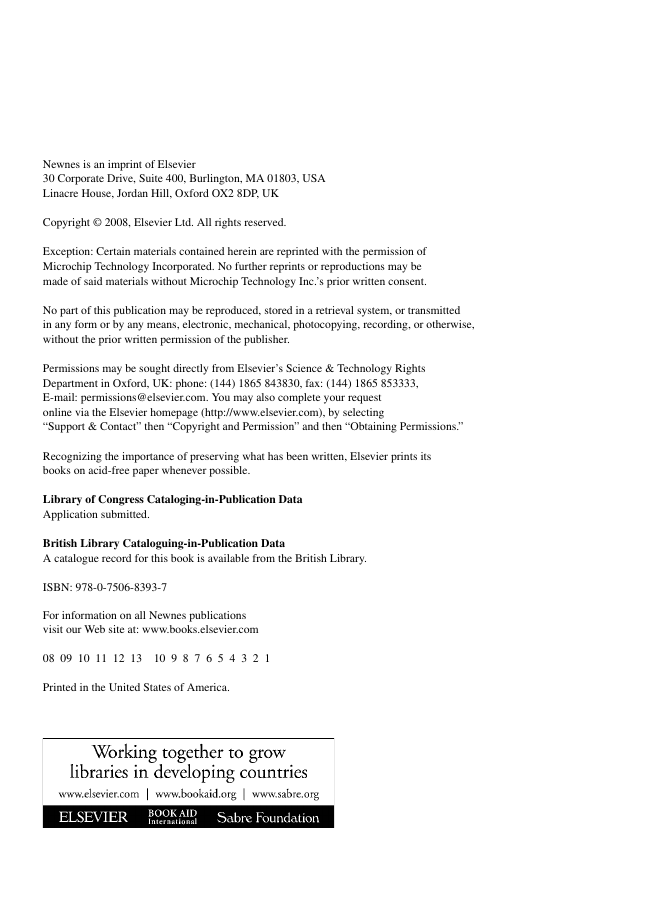
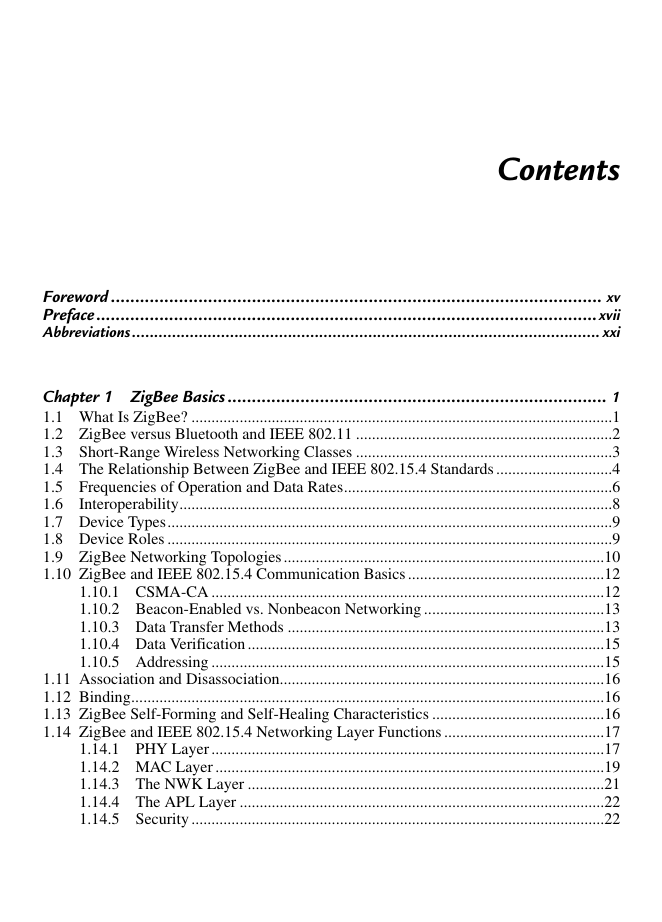
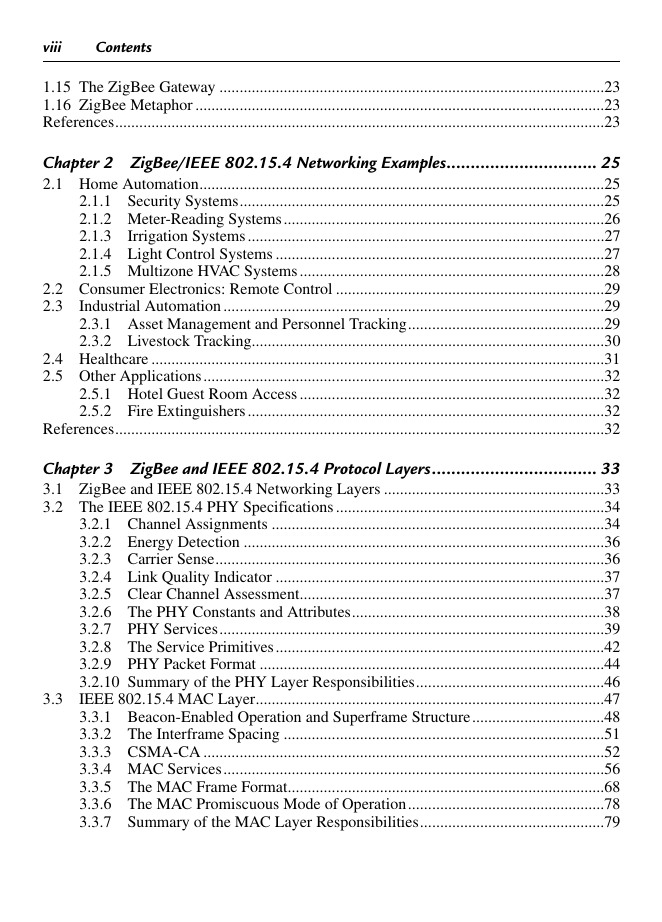
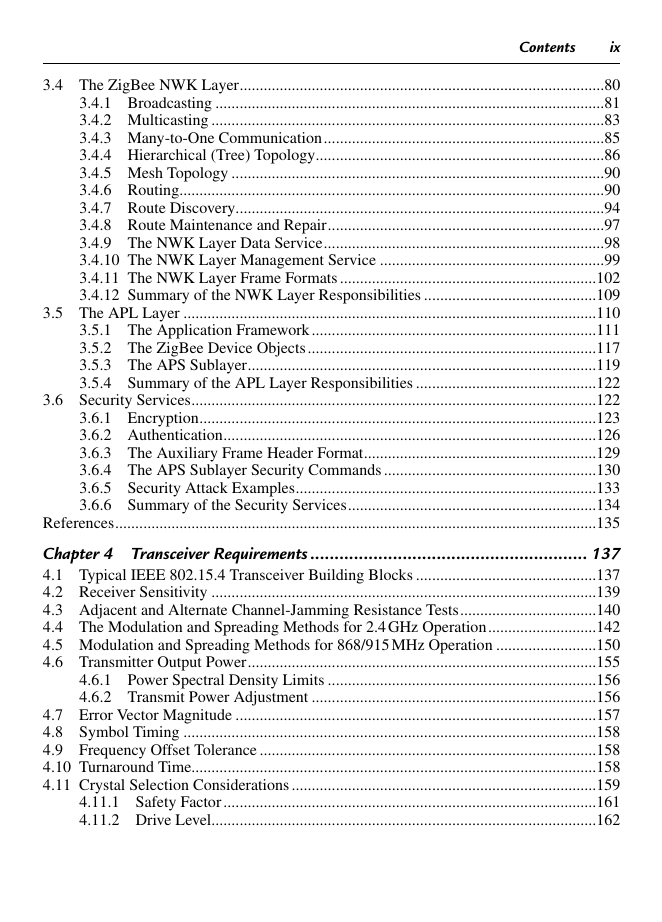
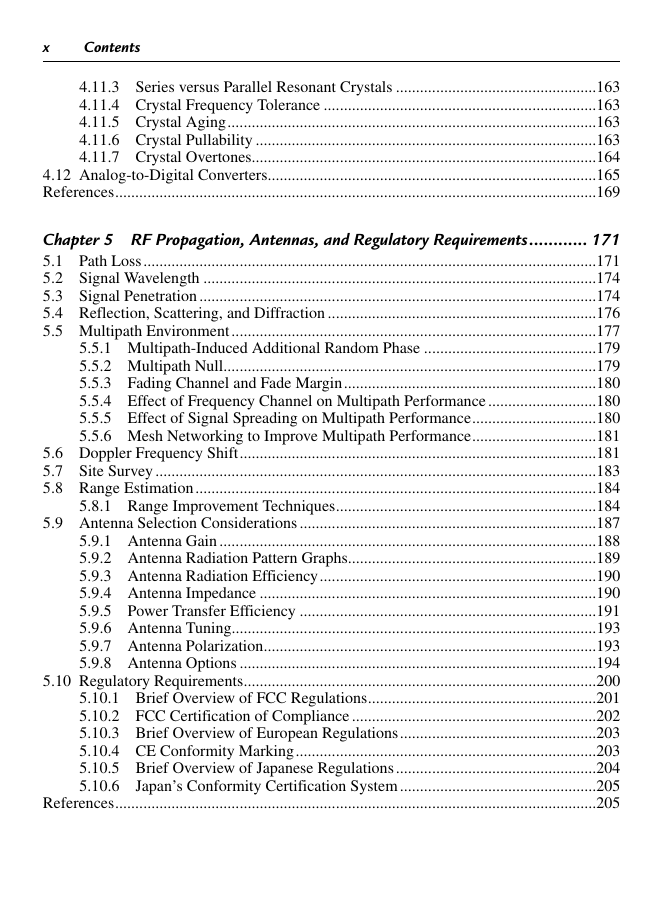








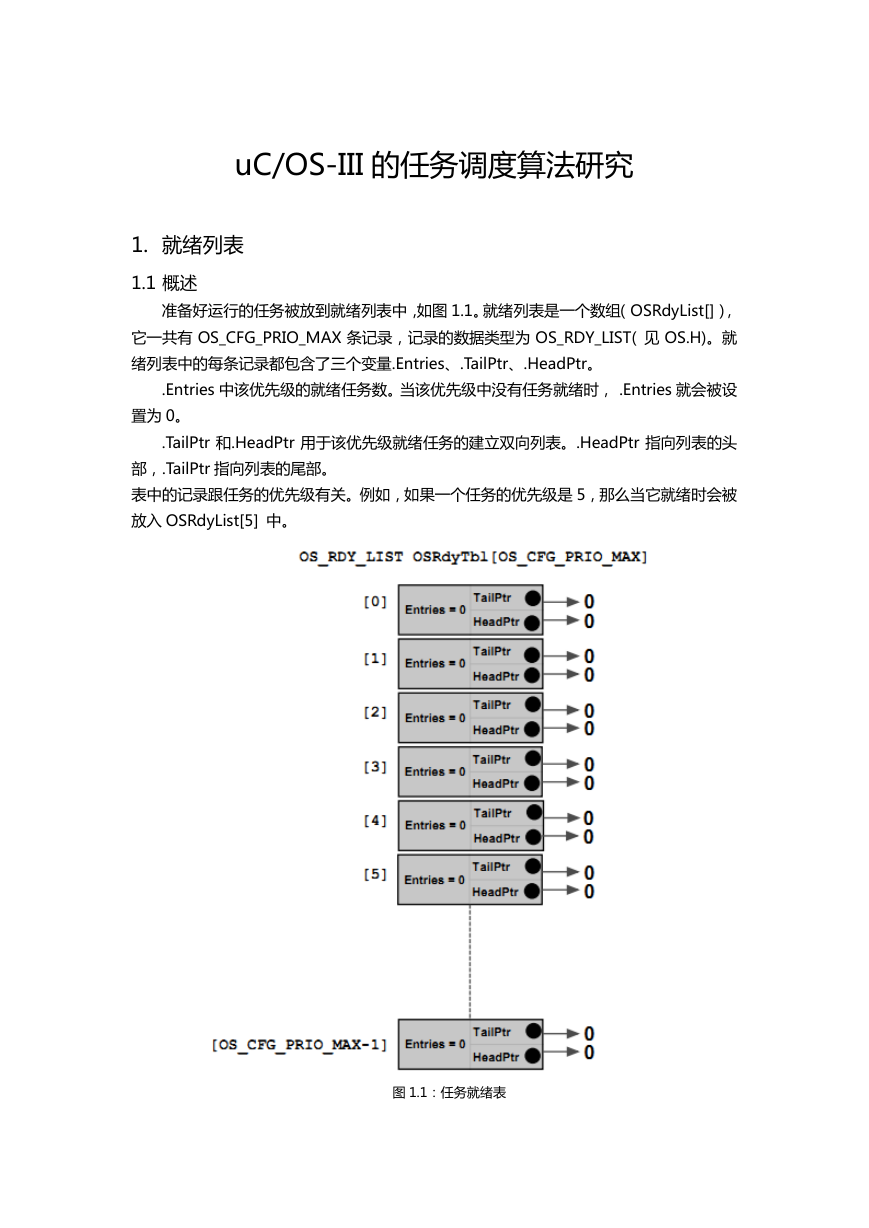 uCOS-III的任务调度算法研究.pdf
uCOS-III的任务调度算法研究.pdf STM32F103x8B_DS_CH_V10(7STM32中文数据手册).pdf
STM32F103x8B_DS_CH_V10(7STM32中文数据手册).pdf FX2N系列PLC培训教程.pdf
FX2N系列PLC培训教程.pdf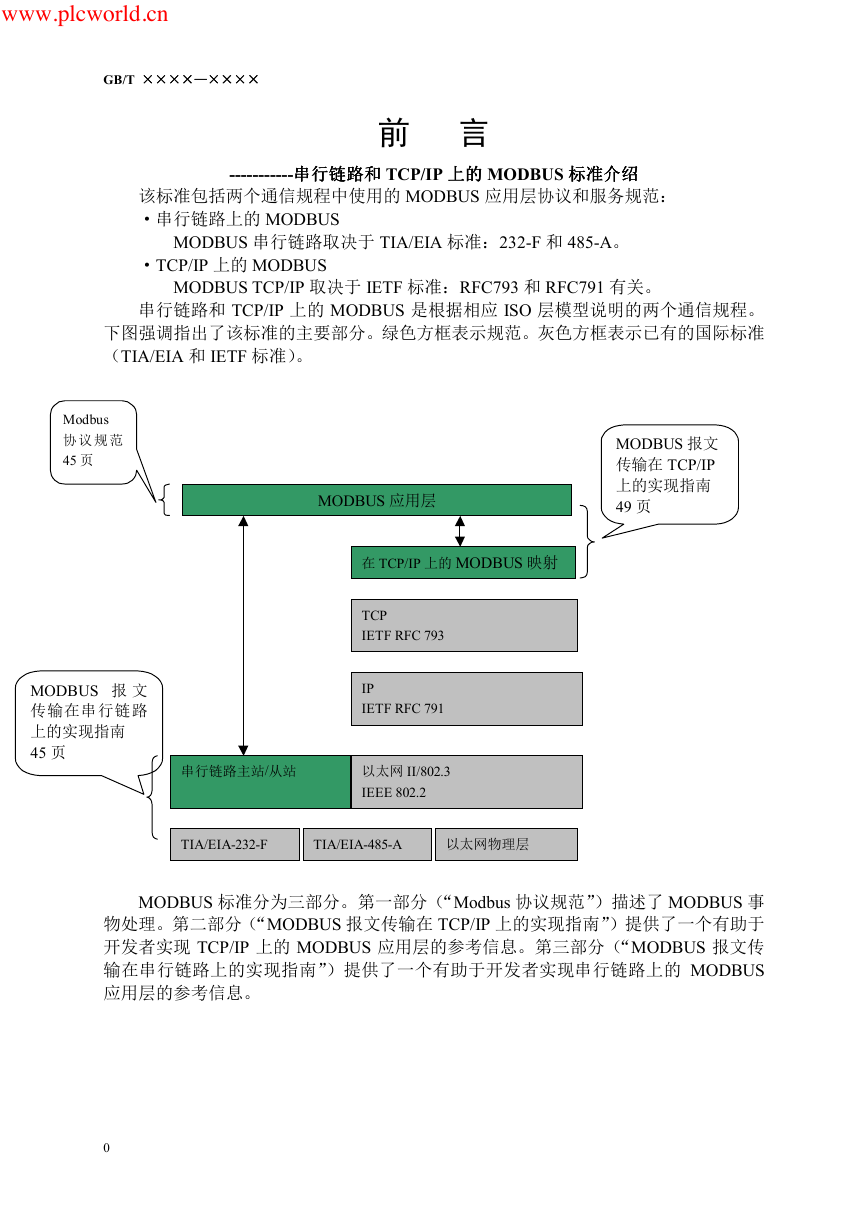 Modbus协议资料.pdf
Modbus协议资料.pdf WM8978中文资料(芯片资料).doc
WM8978中文资料(芯片资料).doc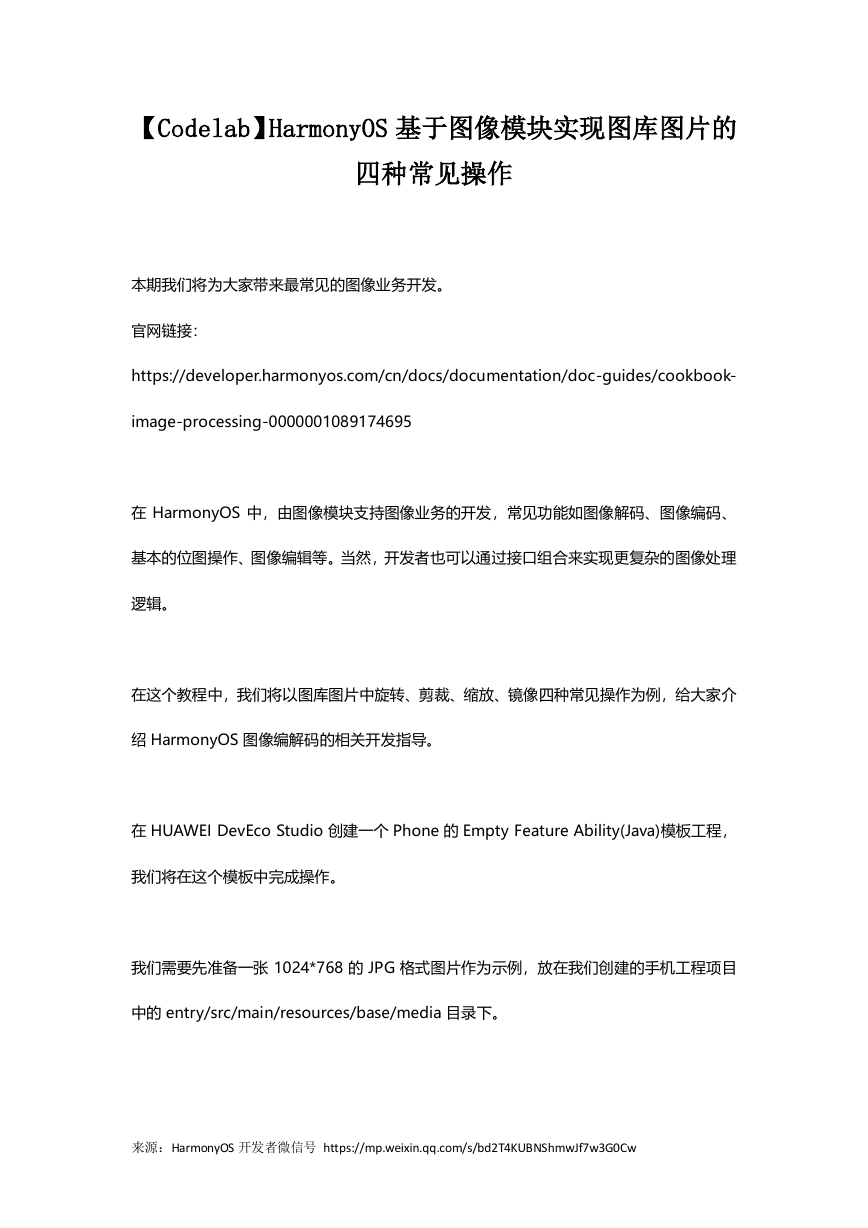 5-1.【Codelab】HarmonyOS基于图像模块实现图库图片的四种常见操作.pdf
5-1.【Codelab】HarmonyOS基于图像模块实现图库图片的四种常见操作.pdf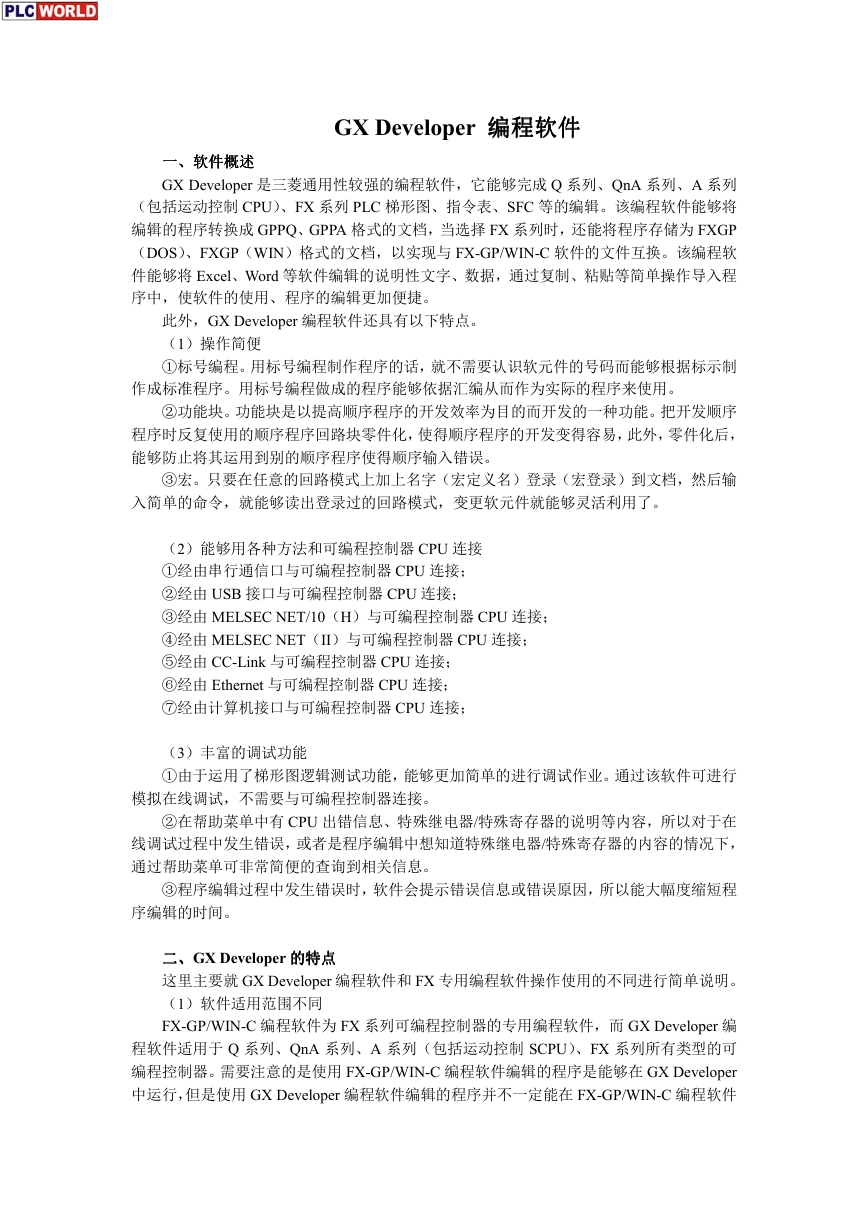 GX Developer 编程软件使用说明.pdf
GX Developer 编程软件使用说明.pdf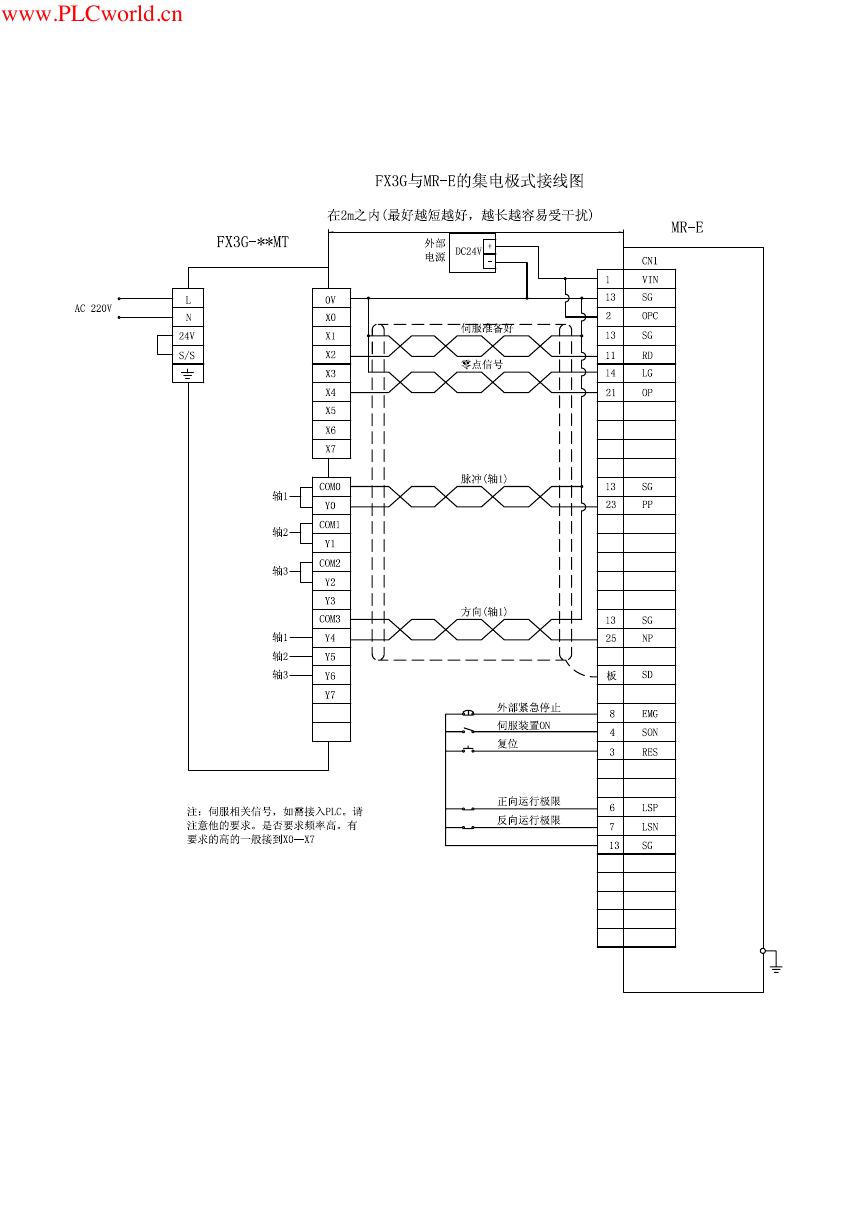 MR-E伺服与FX3G接线图.pdf
MR-E伺服与FX3G接线图.pdf ATK-NEO-6M GPS模块常见问题汇总_201400721.pdf
ATK-NEO-6M GPS模块常见问题汇总_201400721.pdf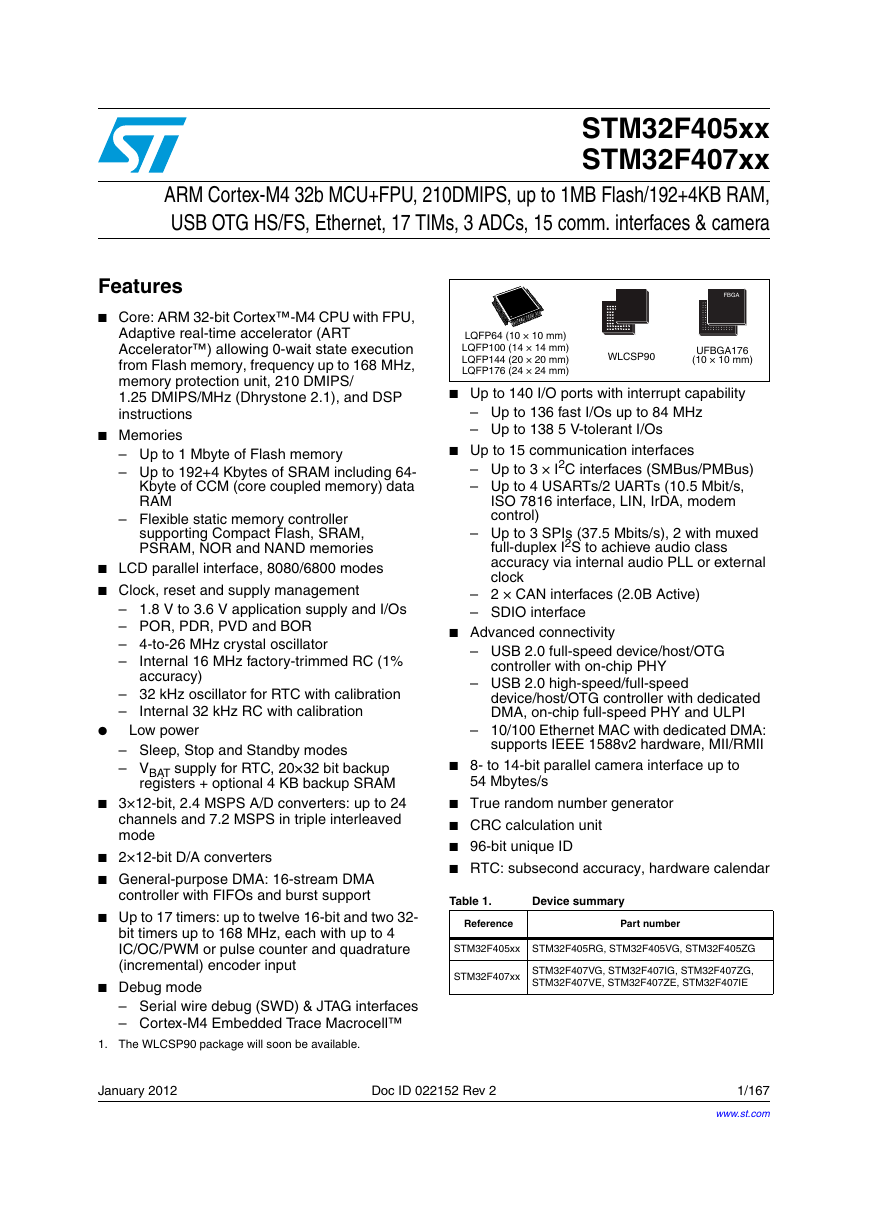 STM32F407ZGT6(芯片资料).pdf
STM32F407ZGT6(芯片资料).pdf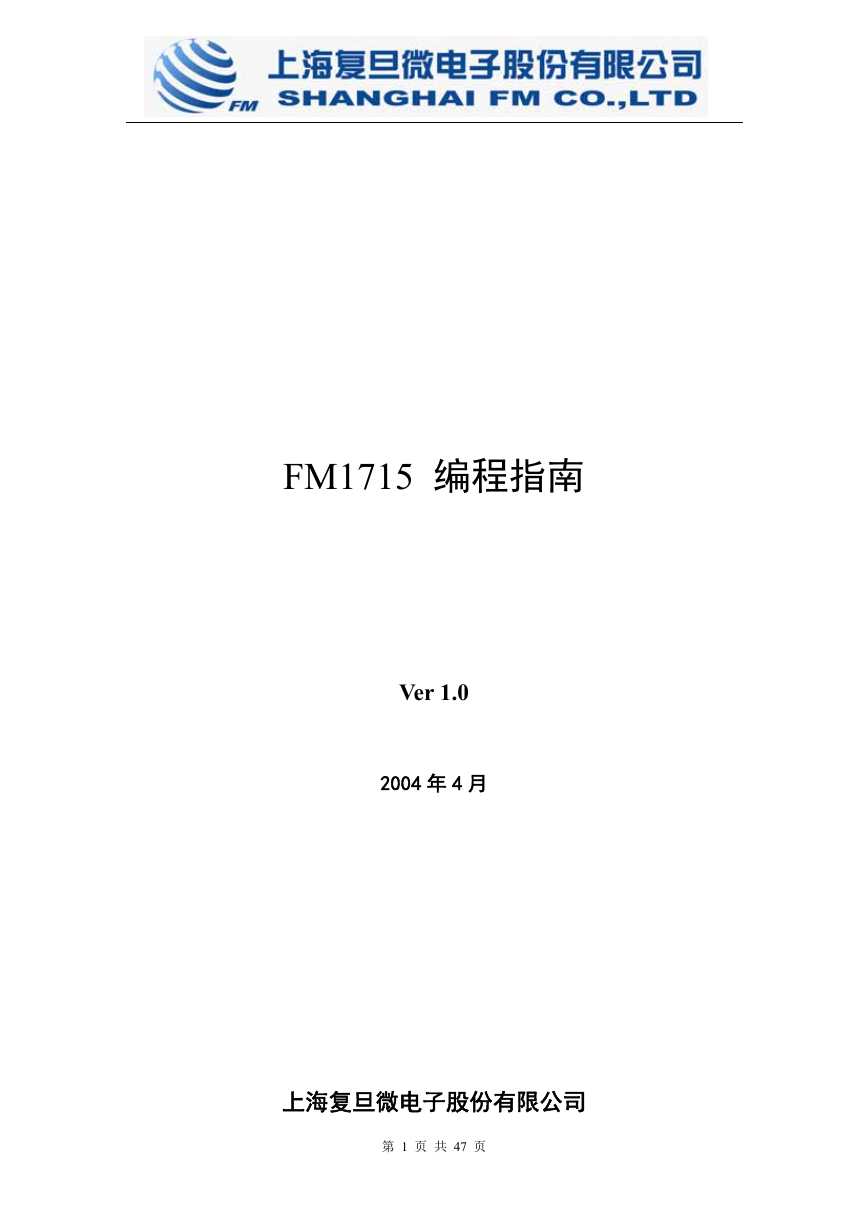 FM1715编程指南.pdf
FM1715编程指南.pdf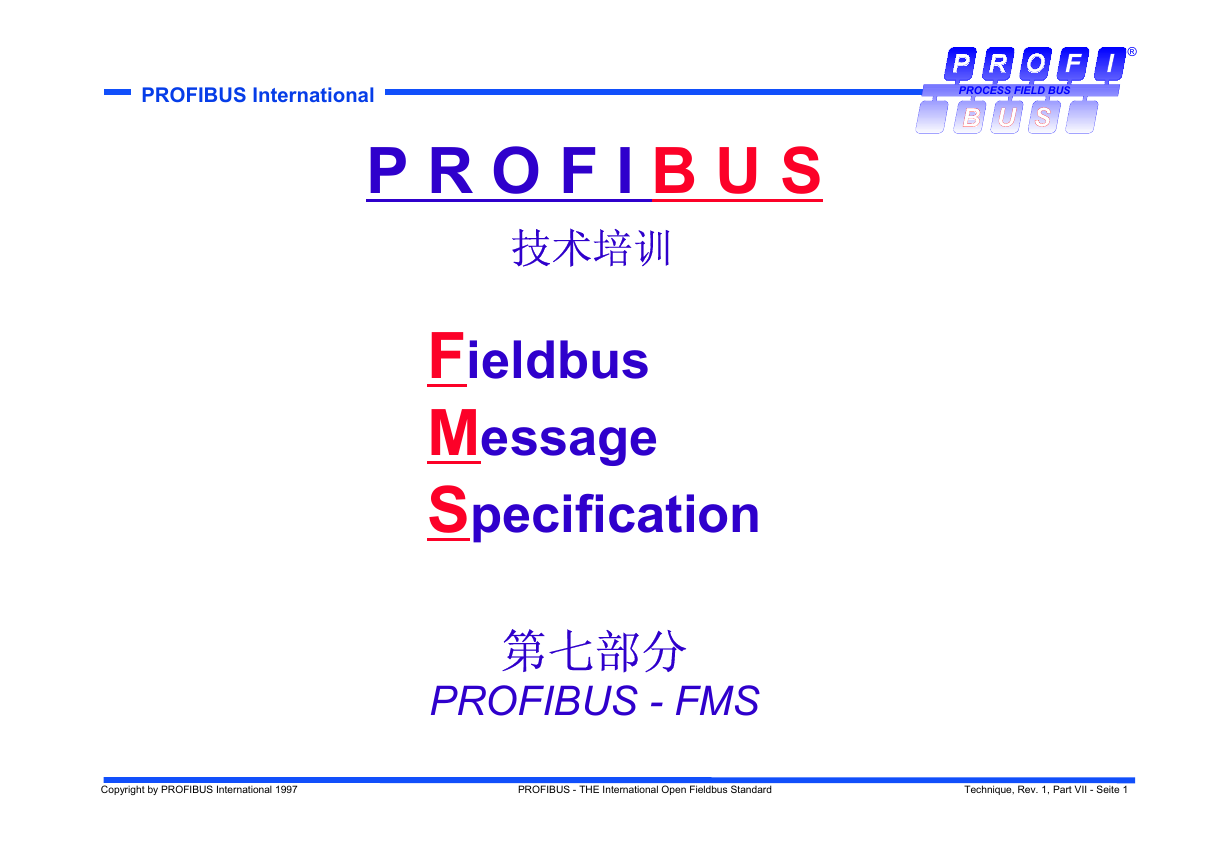 Profibus教程-7.PROFIBUS-FMS.pdf
Profibus教程-7.PROFIBUS-FMS.pdf